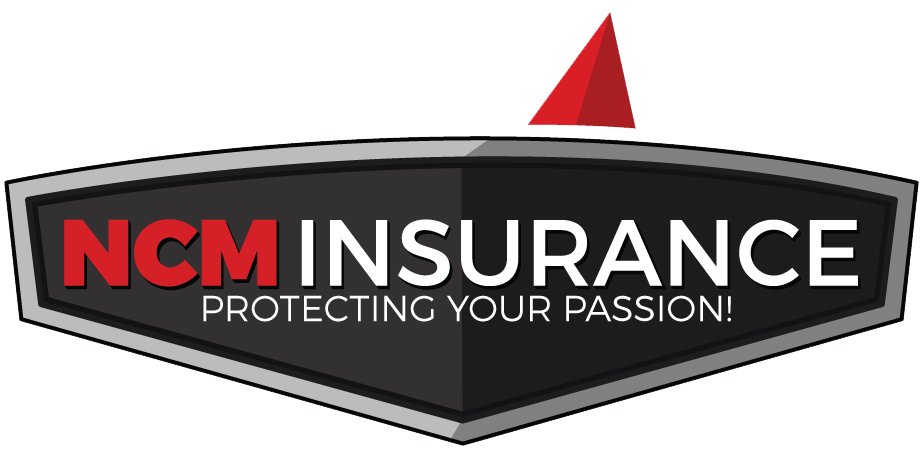The month of June is a very important month in the history of the Corvette. Many significant events took place from production starting here at the Bowling Green Assembly Plant, the ground breaking of the National Corvette Museum in 1990, to the last C4 Corvette rolling off of the line, but none of it could be possible without the first production Corvette rolling off of the assembly line June 30th, 1953.
Just six months prior the world caught a glimpse of this new American Sports Car called the Chevrolet Corvette at the Motorama show at the Waldorf Astoria Hotel in New York City. The Corvette “Dream Car” was created to compete with the sports cars from around the world like Jaguar and MG. The response from the Motorama show was overwhelmingly positive and as I mentioned production on this stylish sports car began.
All 1953 Corvettes were built by hand and were very close to the Motorama show car. There were some differences between the production car and the show car:
- The Motorama car has a small chrome piece on the side where the production version had chrome from front to rear
- The “Dorsal Fin” pointed down while the production car pointed up
- Chevrolet was below the small chrome piece and the production car had Chevrolet above the chrome piece that went from front to rear
- The Motorama car had an outside keyhole on the doors while the production car had no keyhole on the doors
Body assembly of the 1953 Corvette took place in Chevrolet’s converted Customer Delivery Garage off of Van Slyke Rd and Atherton near Flint, MI. The first 1953 Corvette took three 16 hour days to complete. The startup was extremely slow and exhausting, but production ramped up in July with three cars rolling off the line each day. Almost one year from when the car was introduced to the world, production in Flint stopped on the 1953 Corvette and moved to St. Louis, MO where the 1954 Corvette started just four days later.
All 1953 Corvettes were Polo White with a red interior and a black top. Very few models had moon style hubcaps and the later cars had the louvered type look. All 1953 Corvettes had a two-speed automatic transmission and had two options, a signal seeking AM radio ($145.15) and a heater ($91.40). Although these were listed as options, all 1953 Corvettes came equipped with both items. The base price was $3498, including the federal excise tax and $248 for shipping. The radio had a rather unique feature: since fiberglass is electrically inert, the antenna was incorporated in the trunk lid. This would not have been possible with a conventional steel body. Only 300 total 1953 Corvettes were produced, making this an extremely sought after car in any collection.
The Flint, MI Corvette Assembly plant was torn down several years ago, and many of the bricks that were used on the plant have been saved by the National Corvette Museum. You can purchase a brick for $100 and own a piece of Corvette history.


